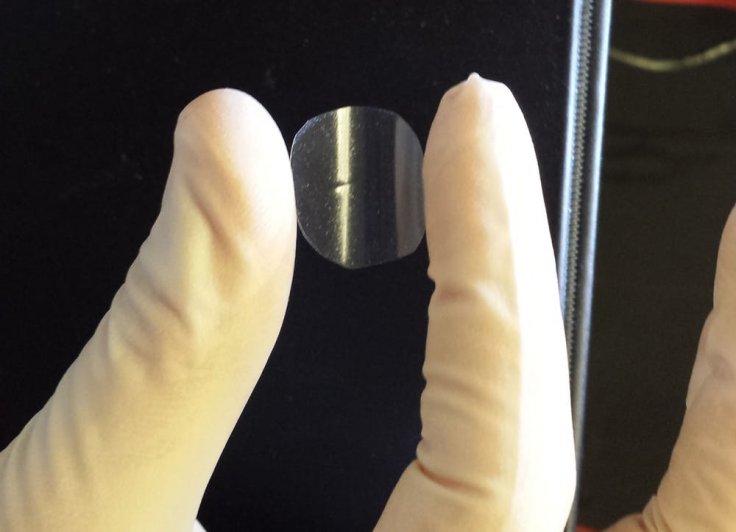Mass vaccinations involve massive amounts of material needed in the process of vaccinating millions such as syringes, vials among others. Once the COVID-19 vaccine is ready, "the next challenge will be manufacturing and distributing it around the world," said Maria Croyle, Professor of Pharmaceutics, University of Texas.
In a research paper, her team said that vaccines can be given by mouth by sandwiching it inside a film, which will make them needle-free, shelf-stable and also affordable. It would just be like a "hard candy", says Cryole in a column.

When the team was ending the Ebola vaccine project, they found films containing virus made three years ago which was stored in a sealed container on the lab bench, when they rehydrated it and tested, more than 95% of the viruses in the film were still active. "To achieve this kind of shelf-life for an unrefrigerated vaccine was astonishing," writes Cryole in the column.
Wastage from the previous methods
A report on the Philippine Follow-Up Measles Elimination Campaign (PMEC) in vaccinating an estimated 18 million children in February 2004.
After a month, PMEC generated an estimated 19.5 million syringes collected in 162,000 safety boxes, amounting to about 810,000 liters or 130,000 kg of sharps waste. This produced an additional non hazardous waste like empty vaccine vials and ampoules, syringe wrappers, empty vitamin capsules, cotton swabs, syringe caps, and packaging amounting to 740,000 liters (72,000 kgs).
Such a waste is harmful to the environment too! Also some vaccines have to be kept at low temperatures so that they don't lose their potency over time, while refrigeration is expensive, the new research could preserve them in room temperatures. The method proposed by researchers is a "thin-film platform that preserves live viruses, bacteria, antibodies, and enzymes without refrigeration for extended periods of time," said the paper.

This method, says the paper, is capable of reducing costs of production, distribution, and supply chain maintenance. After about 450 attempts over the course of one year, the researchers came up with a peelable film. Cryole is working with a startup to get this technology to market within the next two years.









